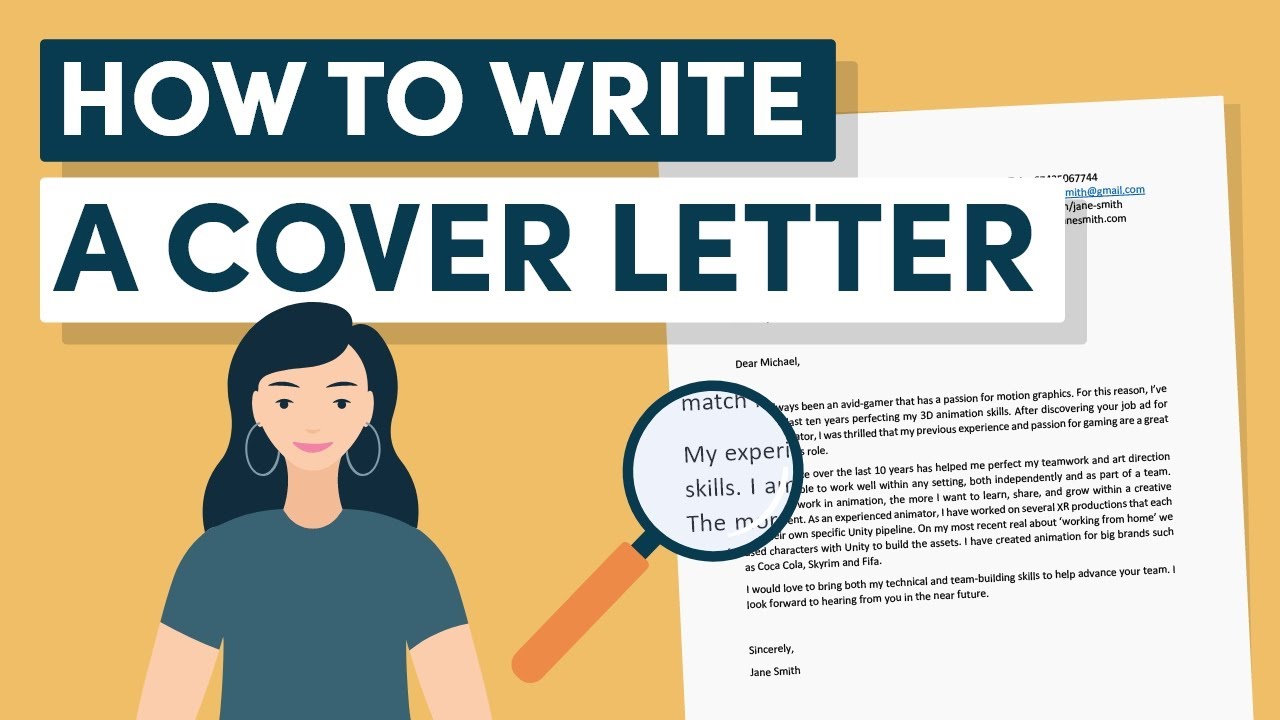How To Write A Captivating Blog Post

How to Write a Captivating Blog Post – Writing a captivating blog post is crucial for engaging your audience, attracting readers, and establishing your authority in the blogging world. While the process may seem daunting, with some essential tips and strategies, you can create blog posts that captivate and resonate with your readers.enoughinfo
A captivating blog post captures the attention of your readers and keeps them engaged throughout the content. This helps build a loyal readership and encourages them to return for more. Writing captivating blog posts is essential for engaging your audience, attracting readers, establishing authority, and achieving your overall blogging goals. By investing time and effort in crafting high-quality content, you can reap the benefits of increased readership, brand visibility, and audience engagement.
In this article, we will explore the key elements and techniques to help you craft compelling and irresistible blog posts. Let’s dive in!
Read Also: How to write a resume(The Ultimate Guide)
Understanding Your Audience:
To write a captivating blog post, it’s essential to understand your target audience. Research and analyze your readers’ demographics, interests, and pain points. This knowledge will enable you to tailor your content to their needs and create a connection that resonates with them.
Choosing A Captivating Topic:
A. Identify Popular Trends: Stay up-to-date with the latest trends and topics in your niche. Research what’s currently capturing the attention of your audience and incorporate those ideas into your blog posts.
B. Evergreen Content: Consider creating evergreen content that remains relevant over time. These topics have lasting appeal and continue to attract readers long after the initial publication.
Crafting An Attention-Grabbing Headline:
A. Use Powerful Words: Begin with a headline that instantly grabs attention. Utilize powerful and emotive words that evoke curiosity, urgency, or a sense of intrigue.
B. Keep it Concise: Make sure your headline is concise and to the point. Aim for clarity and avoid ambiguity.
Compelling Introduction:
A. Hook the Reader: Start your blog post with a captivating hook that grabs the reader’s attention from the very first sentence. This could be an interesting fact, a thought-provoking question, or a compelling anecdote.
B. Establish Relevance: Clearly communicate the relevance of the topic and why it matters to the reader. Address their pain points or offer a solution to a problem they may be facing.
Read Also: How To Write A Cover Letter For A Job Application
Structuring Your Content:
A. Use Subheadings: Break your content into easily digestible sections using subheadings. This improves readability and allows readers to skim through the post and find the information they need.
B. Incorporate Bullet Points and Numbered Lists: When presenting key points or steps, utilize bullet points or numbered lists. This helps organize information and makes it more accessible for readers.
Engaging And Informative Body Content:
A. Provide Value: Offer valuable insights, tips, or actionable advice in your blog post. Aim to educate and provide solutions to your readers’ problems.
B. Use Personal Stories and Examples: Make your content relatable and engaging by incorporating personal stories, case studies, or examples that illustrate your points effectively.
Incorporating Visual Elements:
A. Use Eye-Catching Images: Include relevant and high-quality images throughout your blog post. These images can break up text, add visual appeal, and enhance the overall reading experience.
B. Infographics and Videos: Where appropriate, incorporate infographics or videos to convey information in a visually appealing and easily understandable format.
Call-To-Action (CTA):
A. Guide Readers: Include a clear and compelling call-to-action at the end of your blog post. Encourage readers to leave comments, share the post on social media, subscribe to your newsletter, or explore related content.
B. Provide Next Steps: Offer readers additional resources or related blog posts they can explore to further enhance their understanding of the topic.
Editing and Polishing:
A. Proofread and Edit: Review your blog post carefully for spelling and grammatical errors. Ensure the flow of ideas is smooth and logical.
B. Enhance Readability: Use short paragraphs, concise sentences, and clear language. Break up complex ideas into smaller, more understandable segments.
Read Also: How To Write A Literary Analysis( All You Need to Know)
Promoting Your Blog Post:
A. Share on Social Media: Leverage your social media platforms to promote your blog post. Craft enticing captions and include eye-catching visuals to encourage clicks and shares.
B. Engage with Your Audience: Respond to comments and engage with readers who share or discuss your blog post. This interaction builds a sense of community and encourages further engagement.
C. Collaborate with Influencers: Reach out to influencers or other bloggers in your niche and ask them to share or collaborate on your blog post. Their endorsement can expand your reach and attract new readers.
D. Utilize Email Marketing: If you have an email list, send out a newsletter featuring your blog post. Personalize the email and highlight the key benefits readers will gain from reading it.
E. SEO Optimization: Optimize your blog post for search engines by incorporating relevant keywords, meta descriptions, and alt tags for images. This can improve your chances of ranking higher in search engine results and attracting organic traffic.
FAQs About Captivating Blog Posts
Q: How long should my blog post be? A:
The ideal length of a blog post can vary depending on your niche and audience. In general, aim for a word count of at least 1,000 words to provide sufficient depth and value. However, longer posts of 2,000 words or more can be beneficial for comprehensive guides or in-depth analysis. Remember, quality and relevance are more important than word count alone.
Q: How can I make my blog post stand out from others on the same topic?
A: To make your blog post stand out, focus on adding a unique perspective or angle to the topic. Share personal experiences, provide original research, or offer actionable tips that go beyond what is commonly found online. Additionally, invest time in crafting attention-grabbing headlines, using compelling storytelling techniques, and incorporating multimedia elements to make your post visually appealing and engaging.
Q: Should I include external links in my blog post?
A: Yes, including relevant external links in your blog post can enhance its credibility and provide additional resources for readers. Linking to reputable sources, studies, or articles that support your points adds value to your content. It also encourages readers to explore related information and helps build relationships with other bloggers or websites in your niche.
Q: How can I keep readers engaged throughout my blog post?
A: To keep readers engaged, use a conversational tone, break up your content with subheadings, and include visual elements such as images, infographics, or videos. Additionally, employ storytelling techniques to create a narrative flow and connect emotionally with your audience. Incorporate interactive elements like quizzes or surveys to encourage reader participation. Finally, be concise and clear in your writing, delivering information in a digestible manner.
Q: How often should I publish new blog posts?
A: The frequency of your blog post publishing depends on several factors, including your available time, resources, and the expectations of your audience. Consistency is key, so aim for a publishing schedule that you can realistically maintain. Whether it’s once a week, bi-weekly, or monthly, prioritize quality over quantity. Regularly providing valuable content will help build a loyal readership.How to write a captivating blog post
Q: Should I write for search engines or focus on readers?
A: While it’s important to optimize your blog posts for search engines, remember that your primary audience is human readers. Focus on creating valuable and engaging content that meets their needs and interests. Incorporate relevant keywords naturally throughout your post, but avoid keyword stuffing. Balancing both reader satisfaction and search engine optimization will yield the best results.
Q: How can I measure the success of my blog post?
A: Use analytics tools like Google Analytics to track important metrics such as page views, time on page, bounce rate, and social shares. These metrics can give you insights into how well your blog post is performing and how it resonates with your audience. Monitor comments, social media engagement, and email subscriptions as indicators of reader interest and interaction.
Q: How can I generate ideas for blog post topics?
A: Generate ideas by staying informed about industry trends, engaging with your audience through surveys or feedback forms, and addressing frequently asked questions. Explore social media platforms, online forums, and Q&A sites for inspiration. Additionally, brainstorm with colleagues, join online communities or attend industry events to gather insights and inspiration for blog post topics.
Q: Is it necessary to have a strong conclusion in my blog post?
A: Yes, a strong conclusion is essential as it wraps up your main points, reinforces key takeaways, and encourages readers to take action. Summarize the main ideas, provide a final thought or call-to-action, and leave readers with a sense of closure and inspiration. A well-crafted conclusion can leave a lasting
Read Also: How To Write A Report(Steps and Requirements)
Conclusion
Writing a captivating blog post requires a thoughtful approach and attention to detail. By understanding your audience, choosing compelling topics, and employing effective writing techniques, you can create blog posts that engage readers and leave a lasting impression. Remember to structure your content in a reader-friendly manner, incorporate visuals, and promote your blog post through various channels. With consistent practice and refinement, you’ll be able to master the art of writing captivating blog posts and build a loyal following of engaged readers. Happy blogging!




